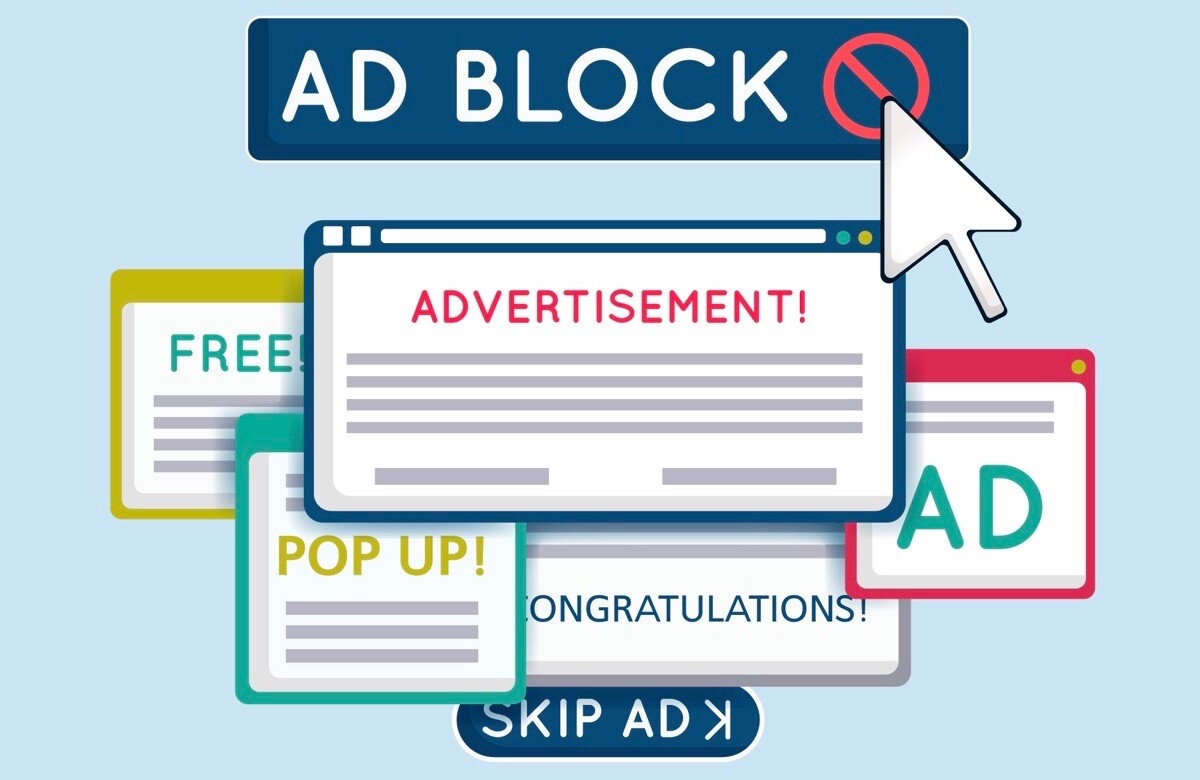
What is the State of Ad Blocking?
What is the current state of ad blocking?
According to a 2017 Global Adblock Report by PageFair, as of December 2016, 11% of the global internet population uses an adblocker to block ads on the web. That means that over 600 million devices, including desktop and mobile, don’t display ads that would normally appear because users have installed an ad blocking software on their web browser. In 2016, the number of people using an adblocker grew 30% over the previous year. As mobile becomes the primary device to browse the internet, ad blocking on mobile has now overtaken desktop, with 60% of ad blocking occurring on mobile. However, mobile ad blocking is highly concentrated in Asia-Pacific, while desktop ad blocking is much more prevalent in the U.S. and Europe.
In the U.S., nearly 1 in 5 desktop users is blocking ads, but only 1% of mobile users run an ad blocker on their smartphone. This figure is significantly low when considering that desktop and mobile ownership are relatively equal in the U.S. The reasons cited for this large discrepancy are a lack of mobile ad blocker awareness and the need to download an entirely new web browser in order to enable ad blocking.
Why do people use ad blockers?
While users install adblockers for many reasons, their primary motivation for using an ad blocker is due to the volume of intrusive ads that hinders user experience. By removing interruptive ads such as interstitial ads, pop-up ads, non-muted autoplay video ads and non-skippable video ads, ad blocking significantly speeds up page load time and improves the web browsing experience. Other reasons for installing an ad blocker are that they have security and privacy benefits, removing the occurrence of viruses and the collection of user data.
What has been done to address ad blocking?
Ad blocking comes with a heavy cost for both brands and publishers: the former loses out on potential brand awareness while the latter loses revenue from the lost ad impressions. It is estimated that by 2020, ad blocking will cost publishers $35 billion in ad revenue. As a result, publishers have come up with a few ways of fighting ad blocking. Some publishers ask users to whitelist their sites, while others have put up adblock walls which require users to disable their ad blocker in order to access the site. However, this strategy is not very effective as 74% of adblock users say they will leave a website with an adblock wall.
What is the future of ad blocking?
Google is set out to introduce an ad blocker to Chrome, the most popular web browser in the U.S., in early 2018. This ad blocker, which will work on desktop and mobile, will act more as an “ad filter,” meaning it won’t block all ads from being displayed on the web, but will remove those that are deemed intrusive. This includes video ads that autoplay with sound, as well as interstitials that take up the entire screen. Because this adblocker will be a default setting on Chrome, ads will have to meet certain standards created by the Coalition of Better Ads, a third-party group which includes Google, Facebook, News Corp and The Washington Post as members, in order to be displayed on the web browser.
While the new ad blocking tool is aimed at improving the overall browsing experience for mobile users while still allowing publishers to implement and monetize an ad model, it has another important implication: it will give Google immense power in an industry that is in already duopolistic condition.

